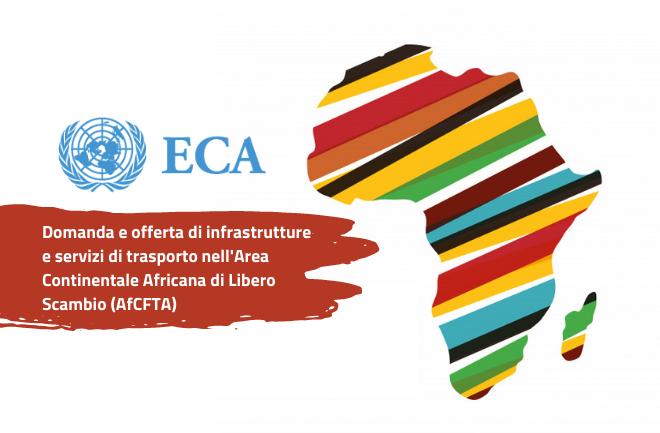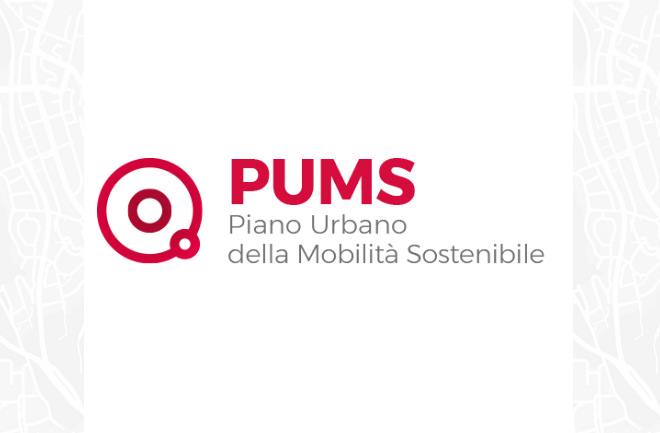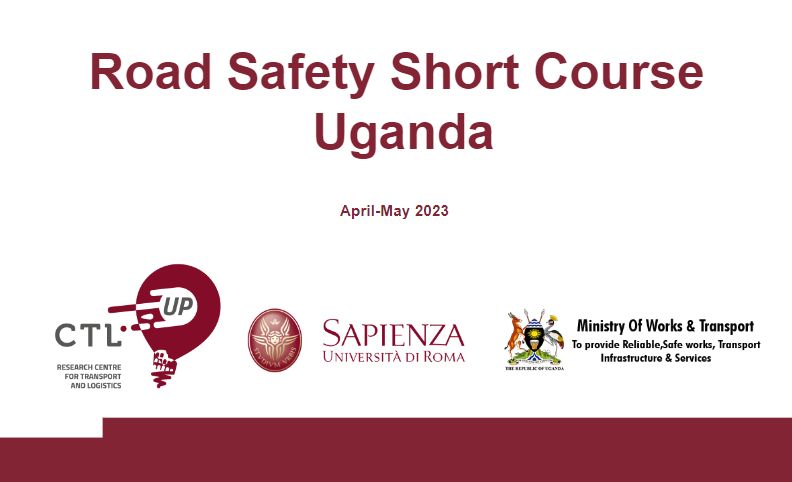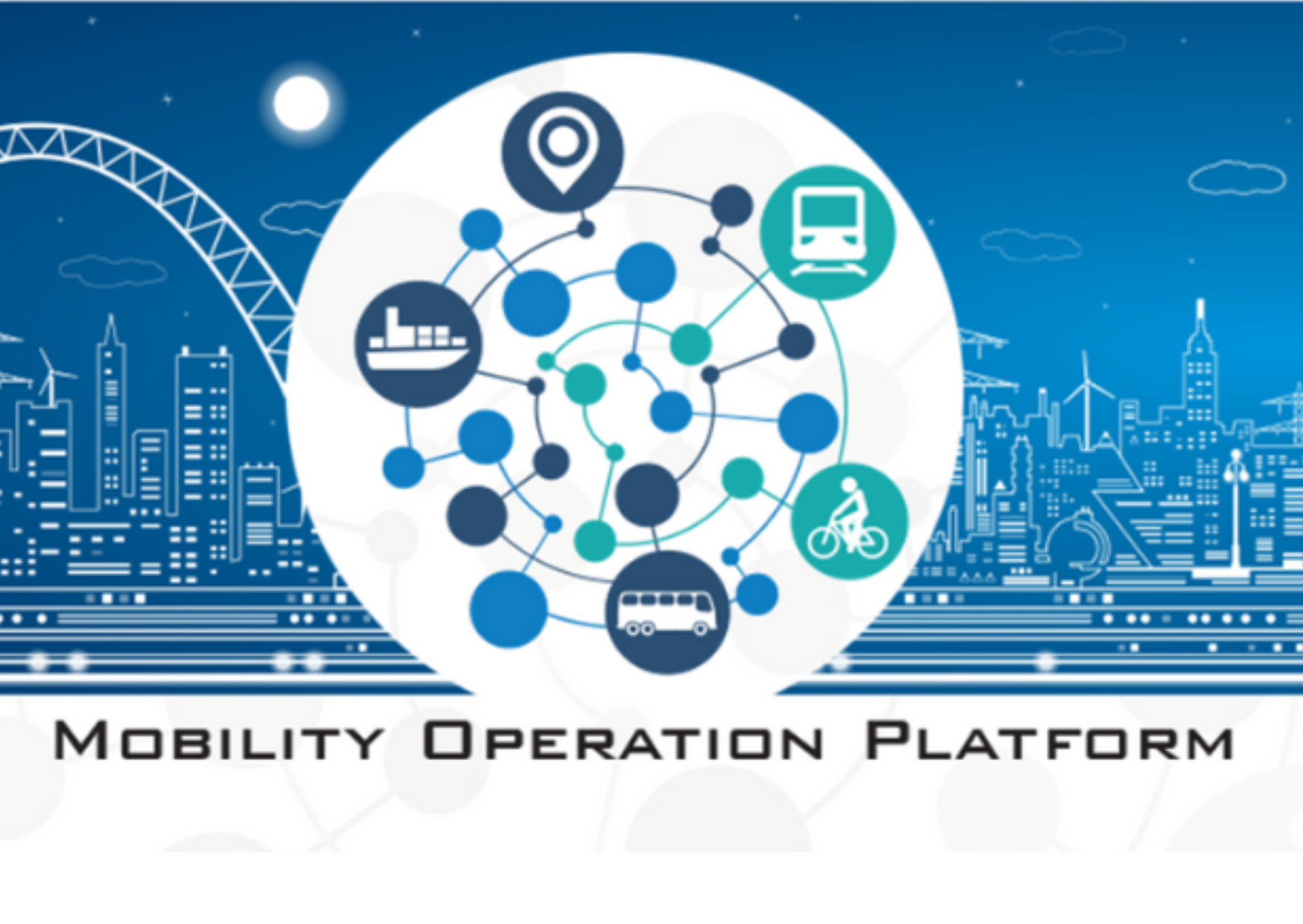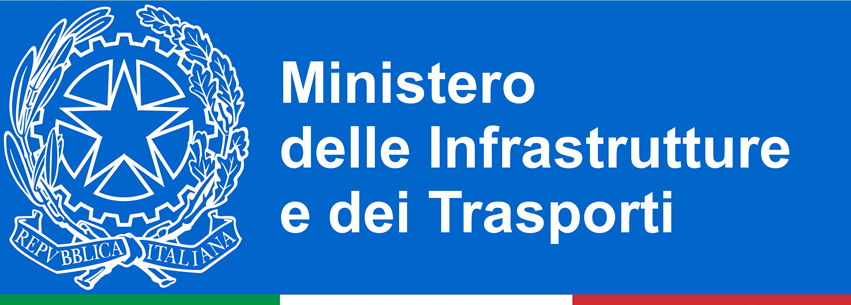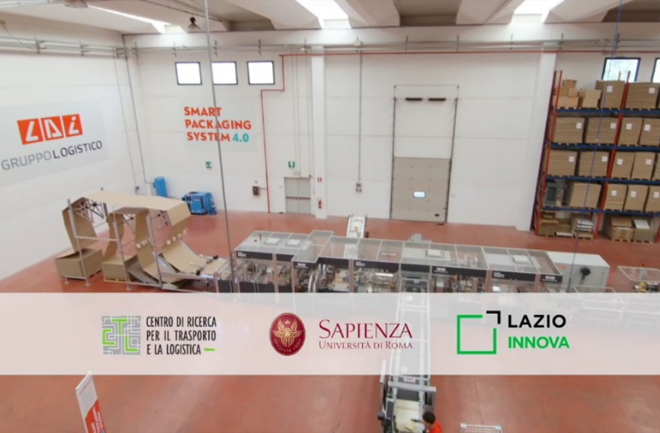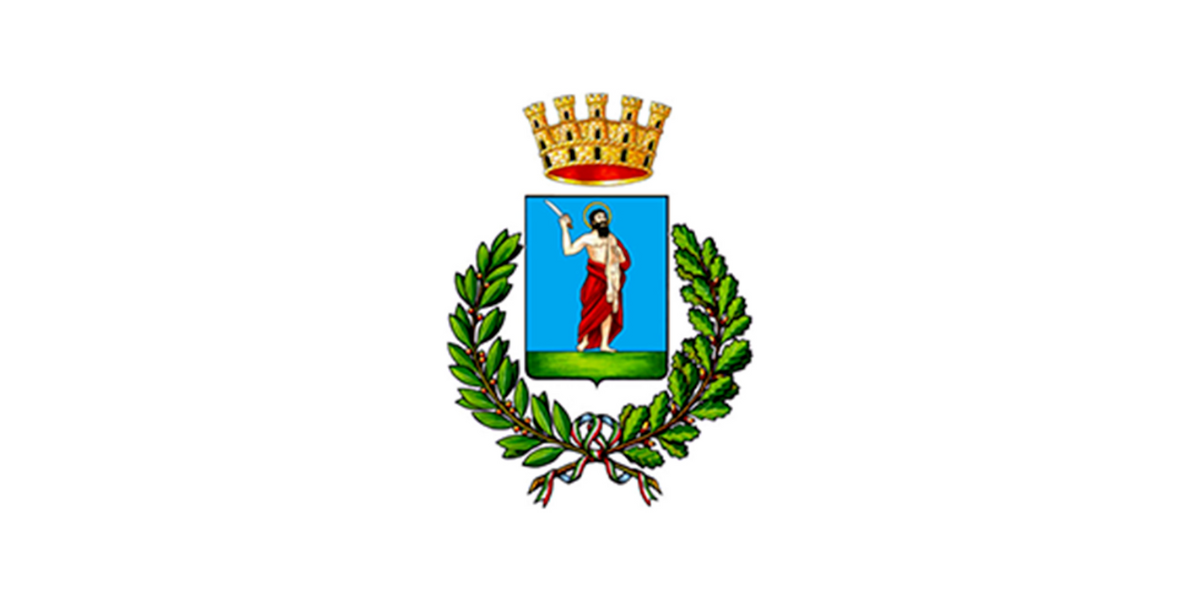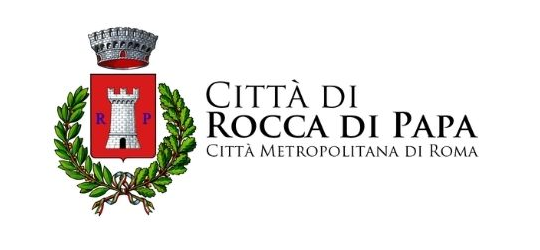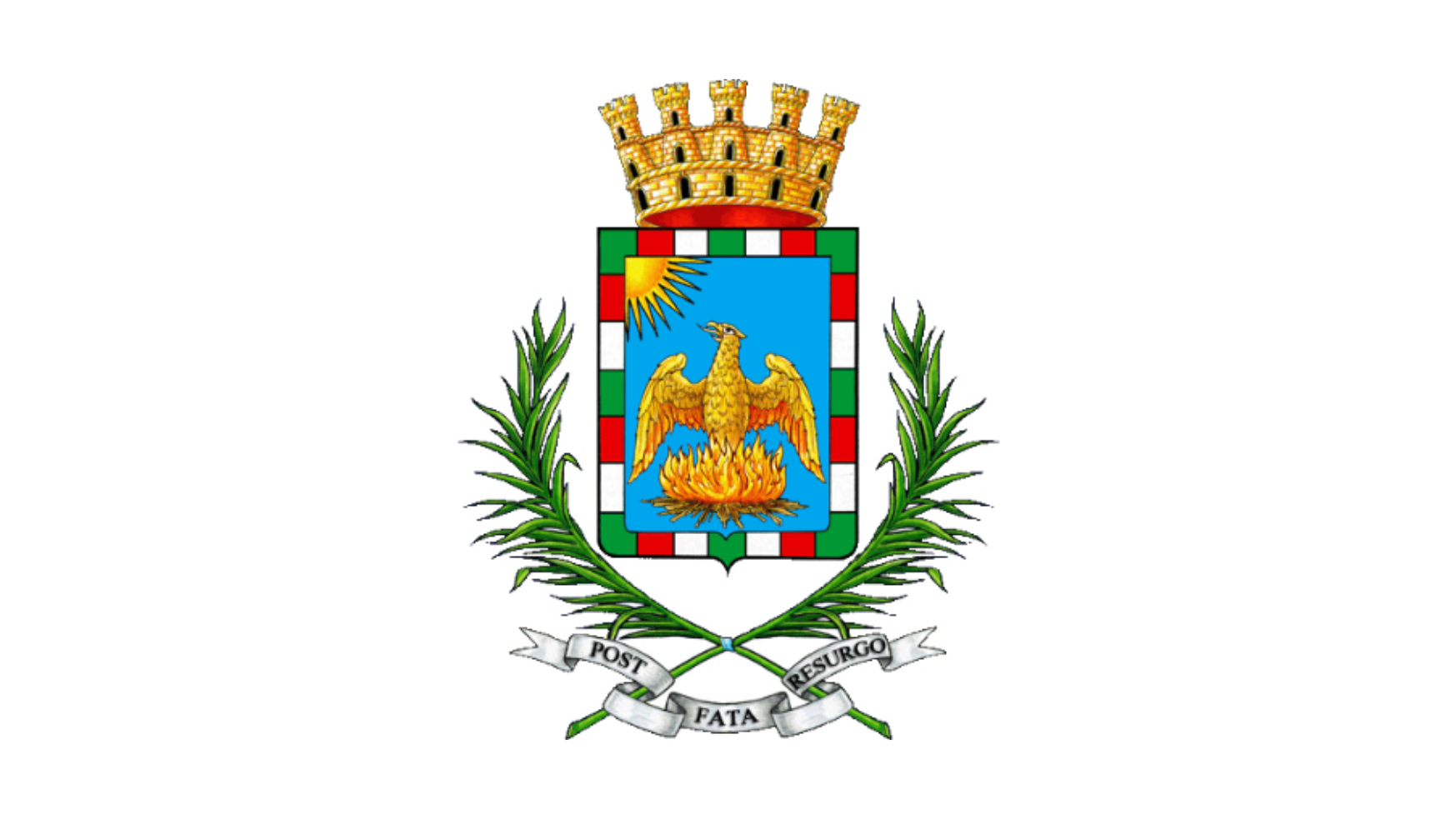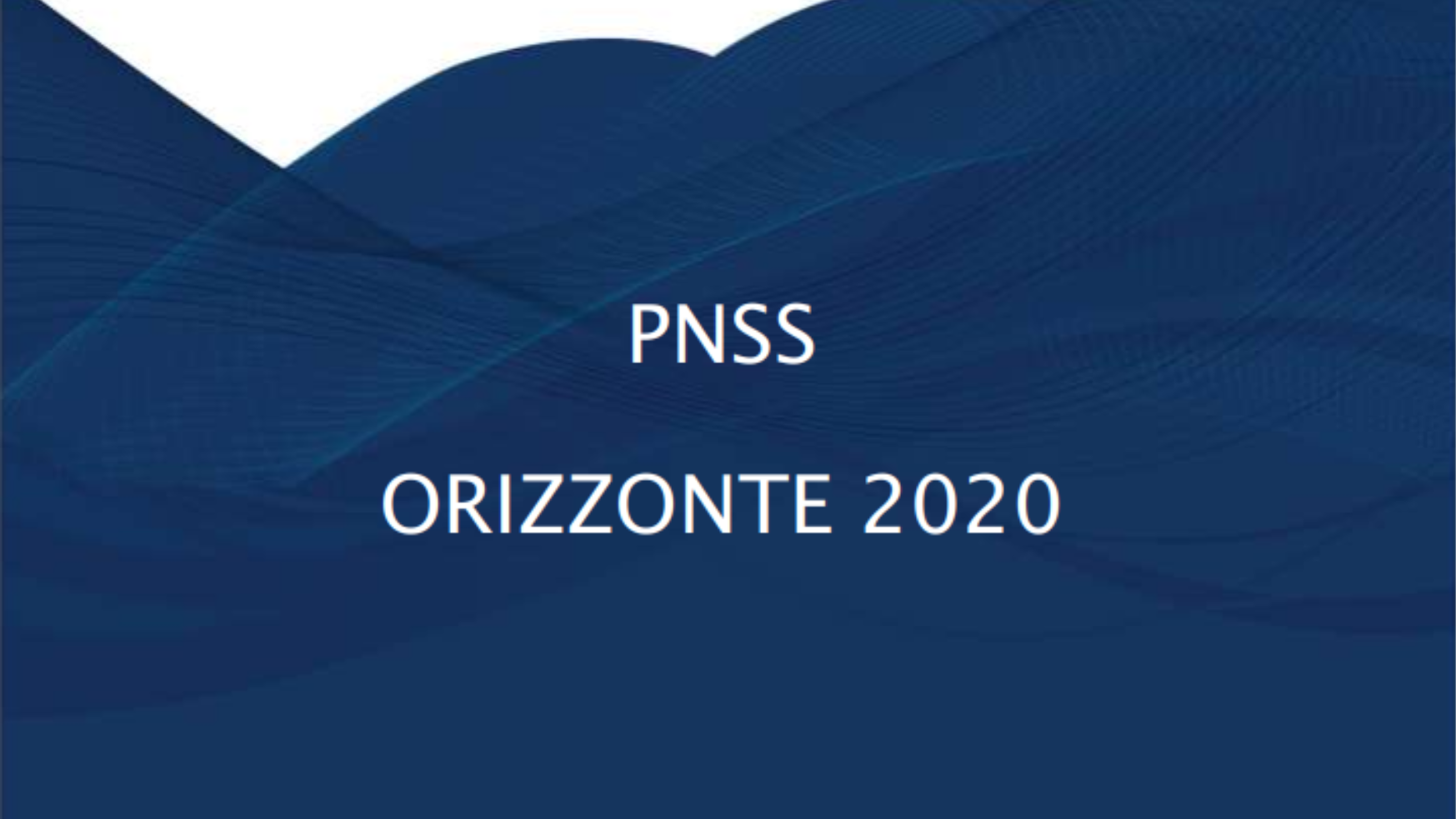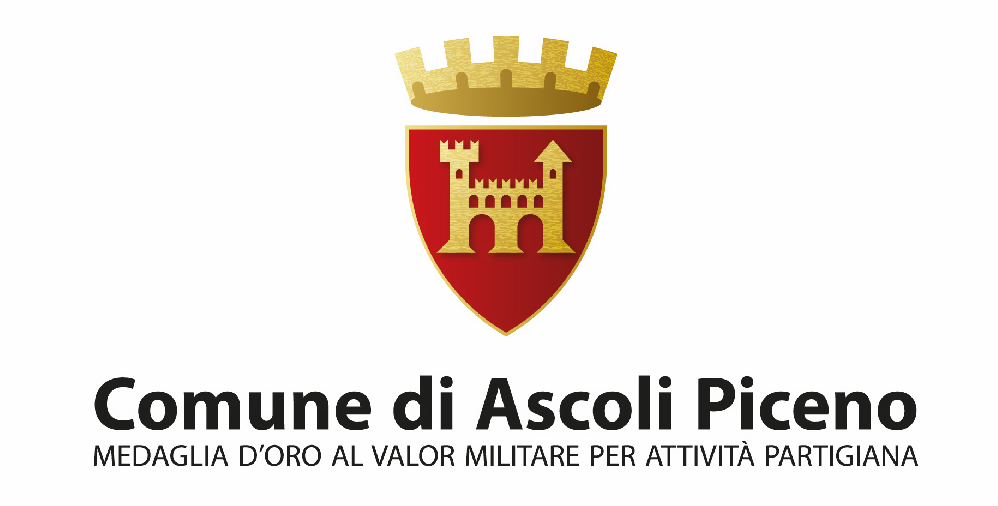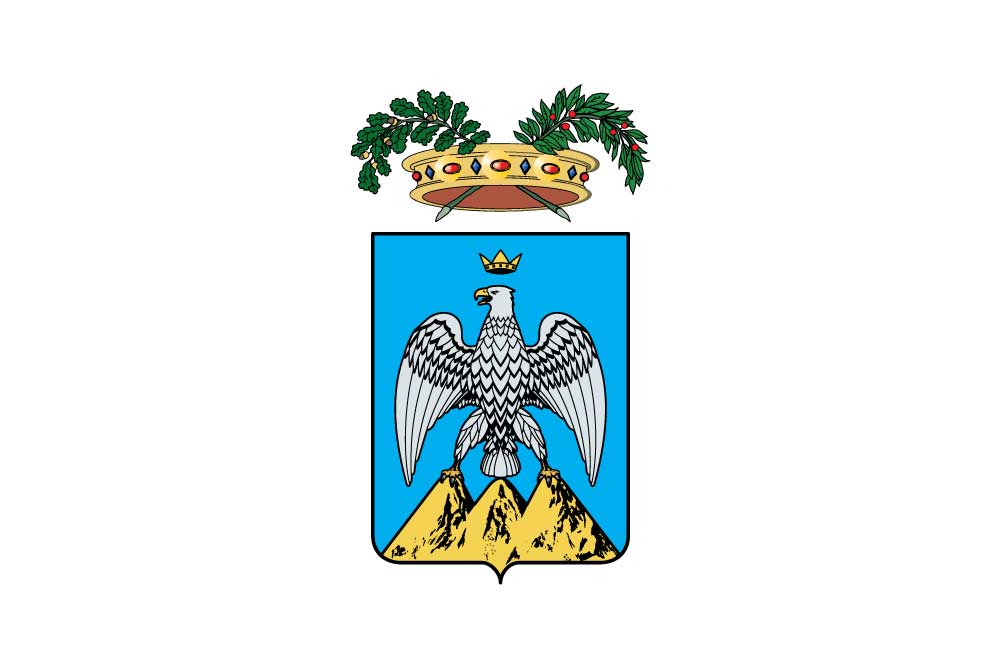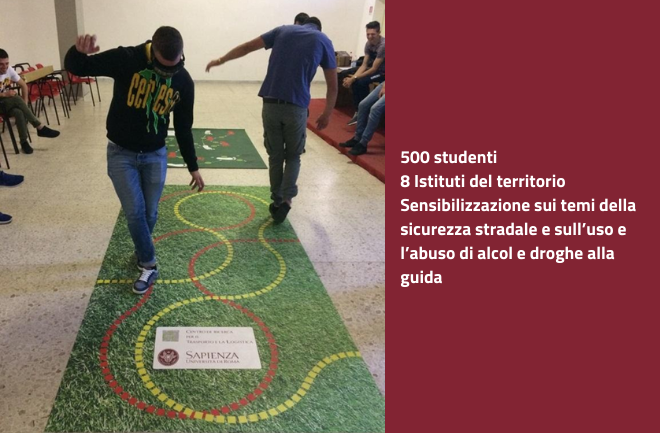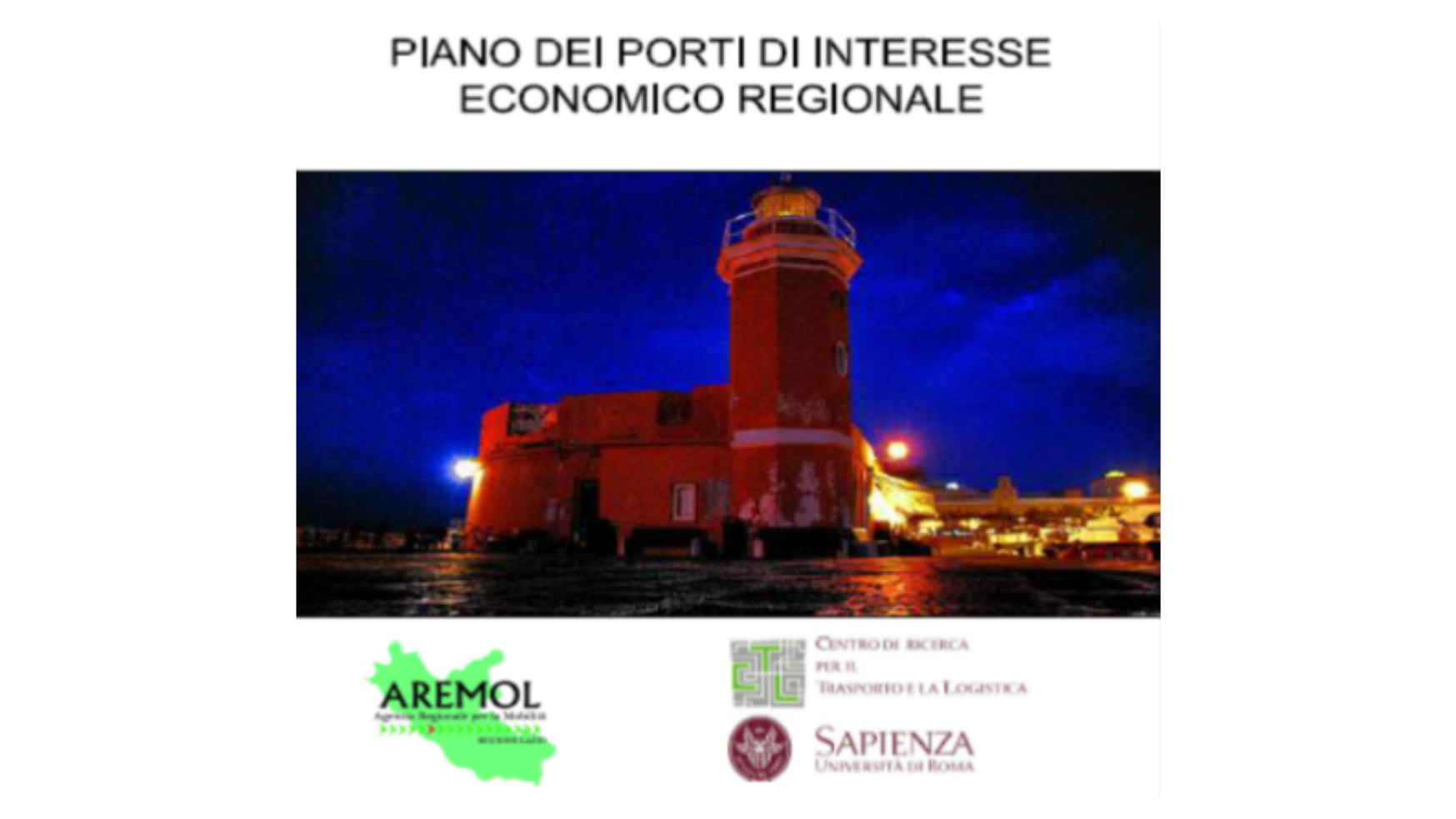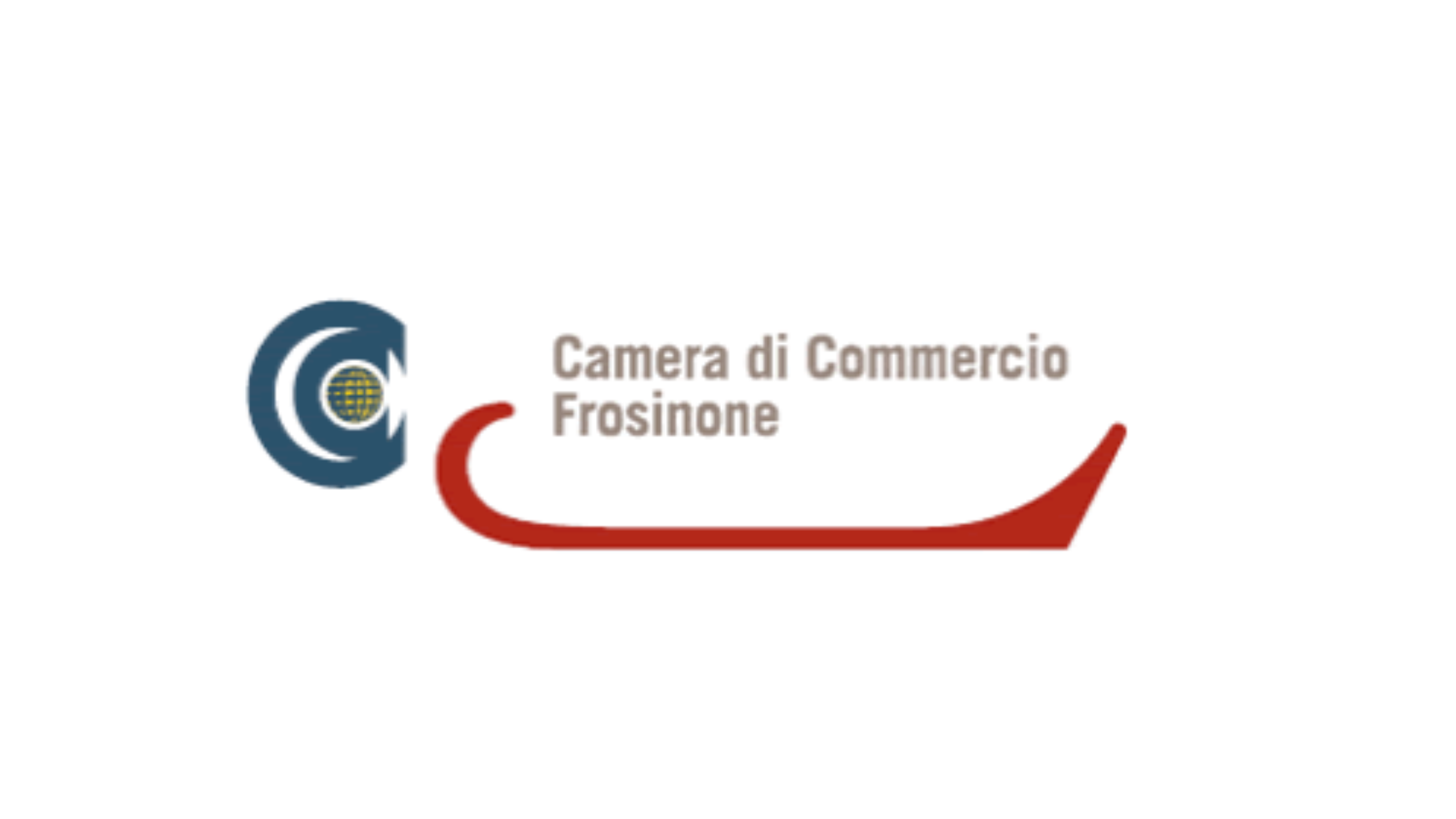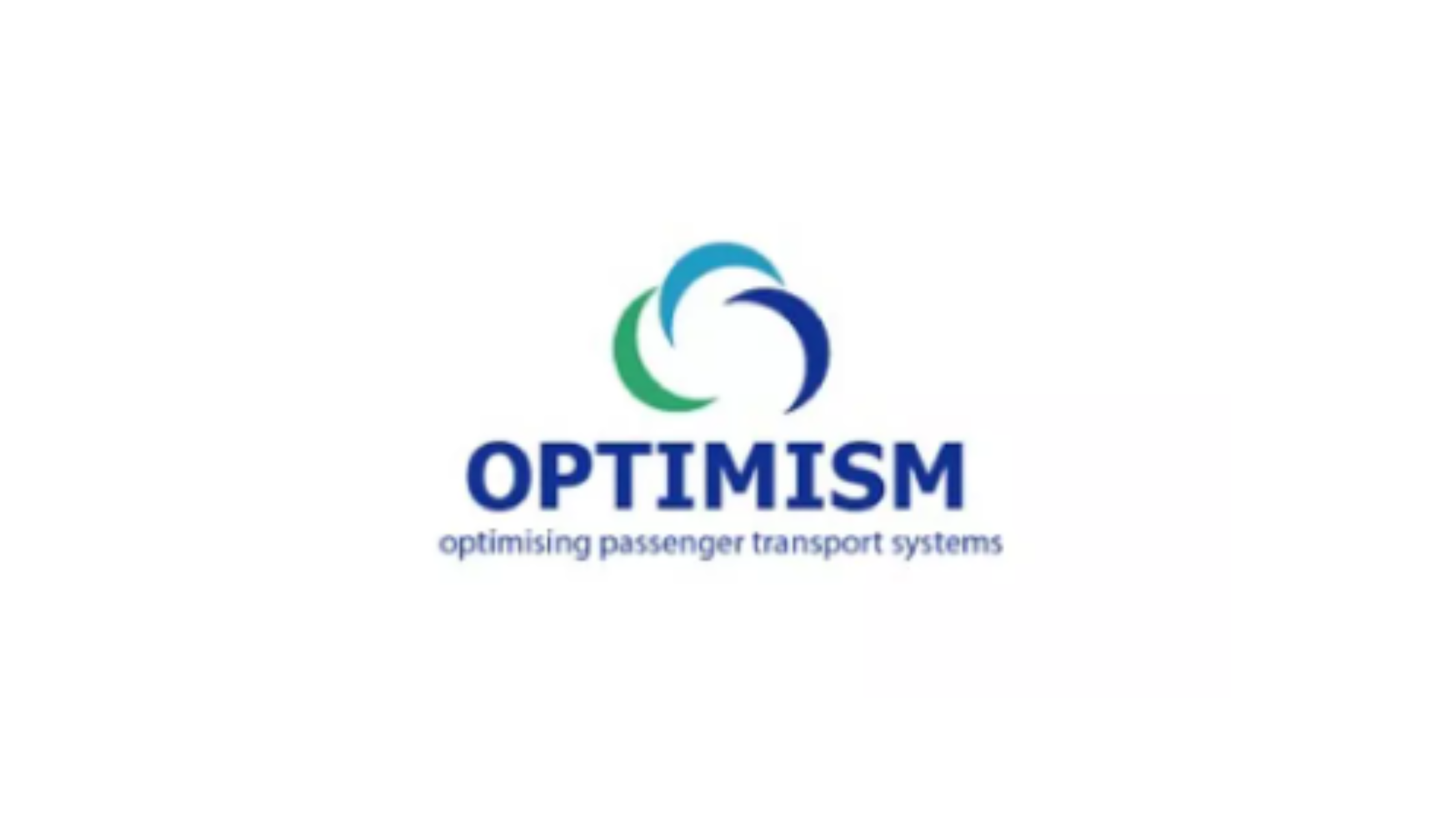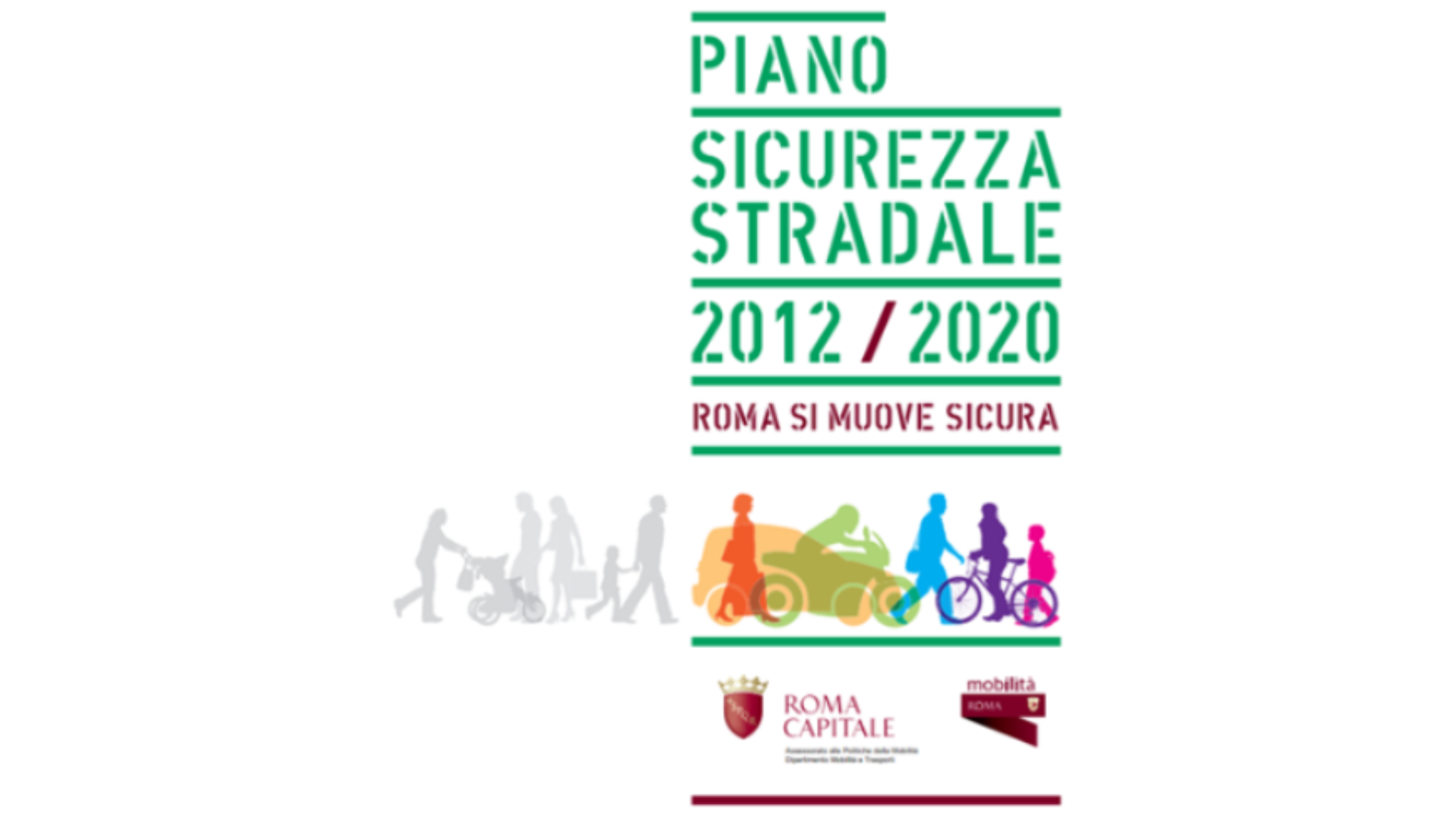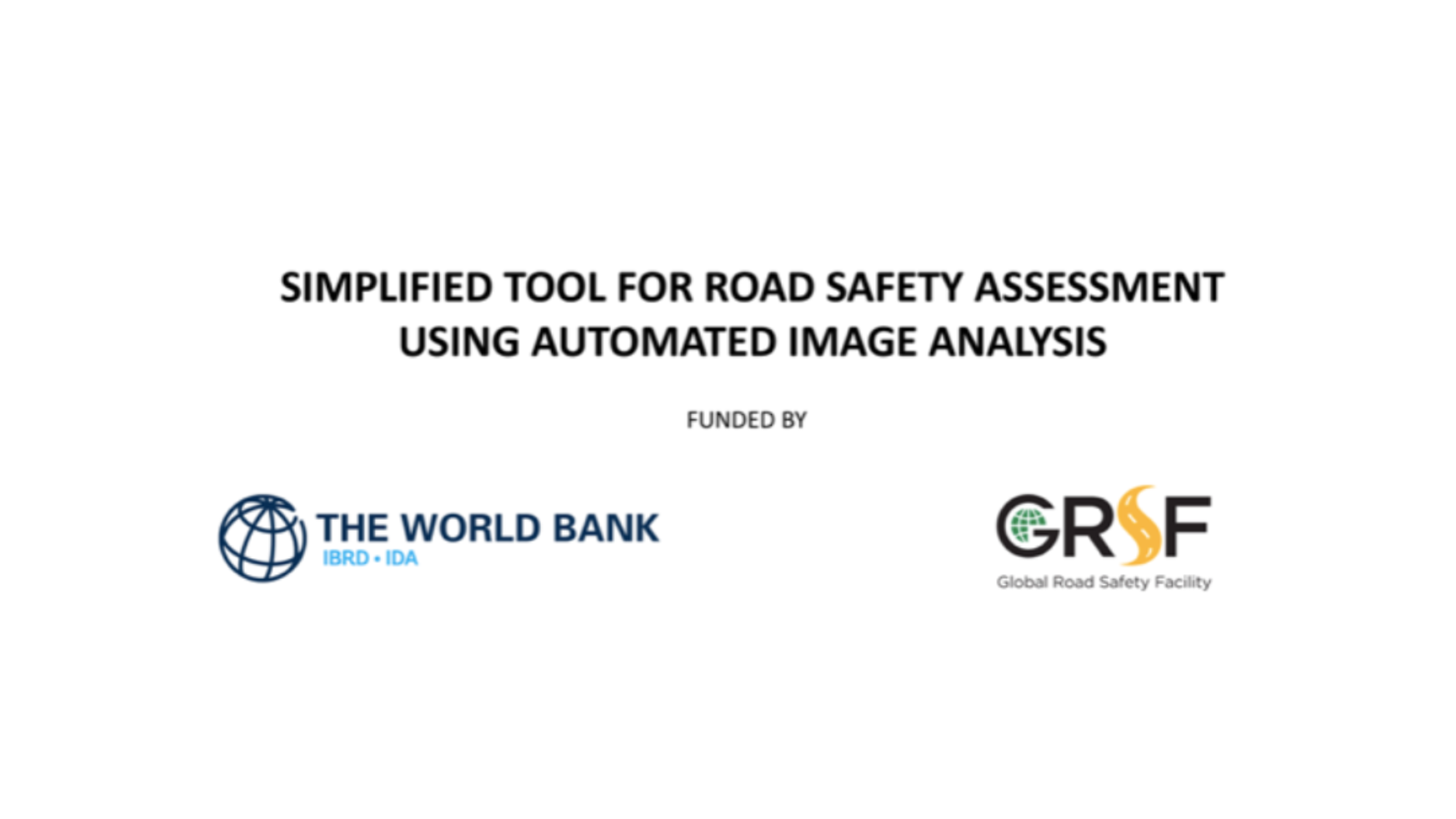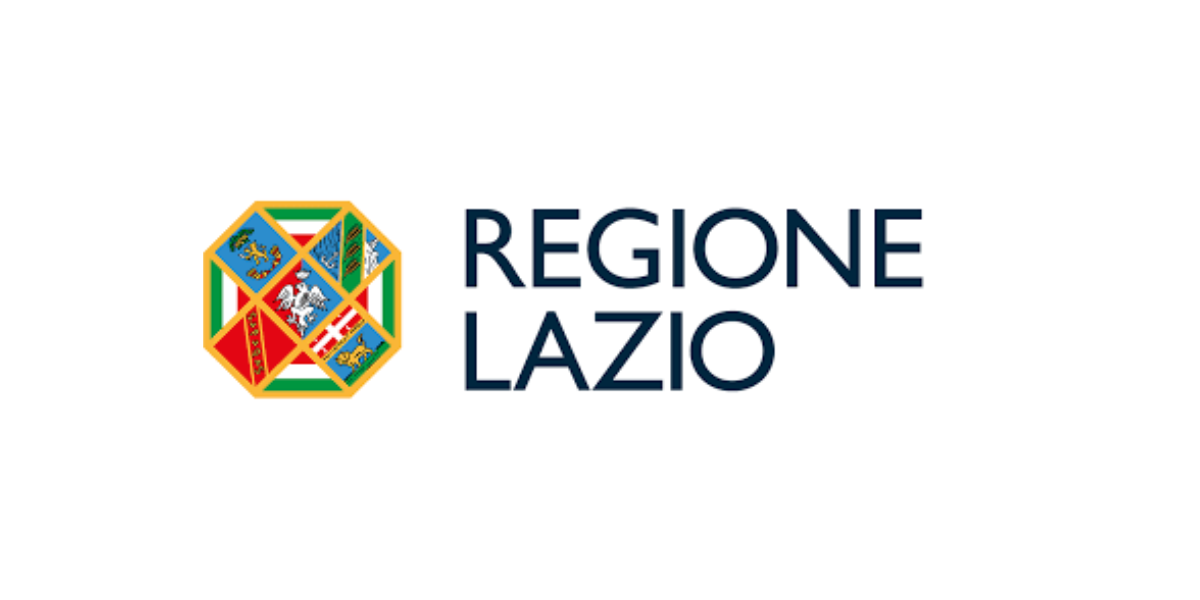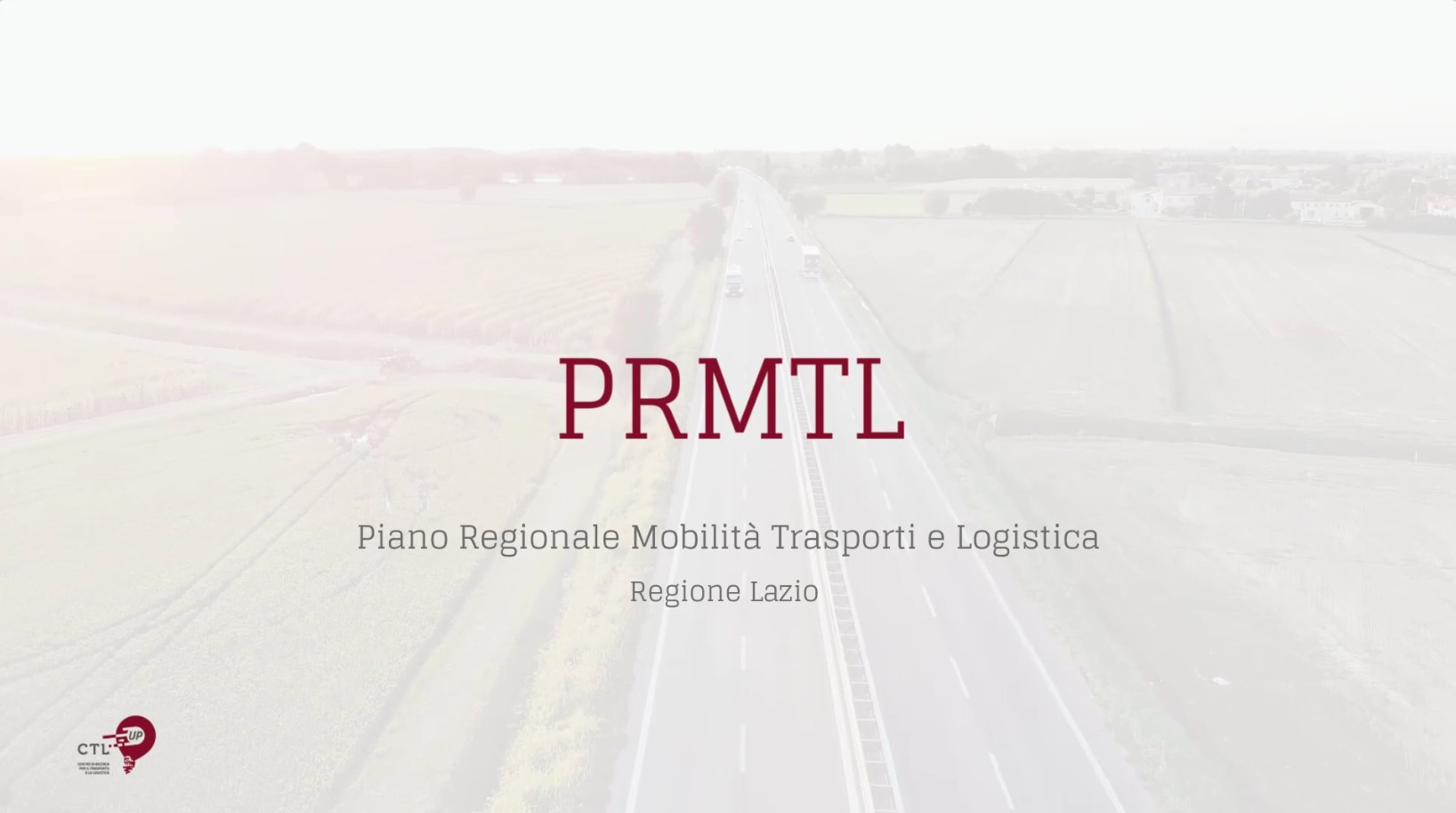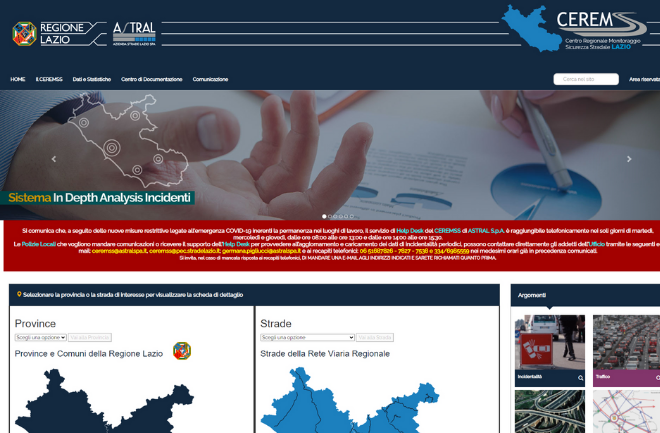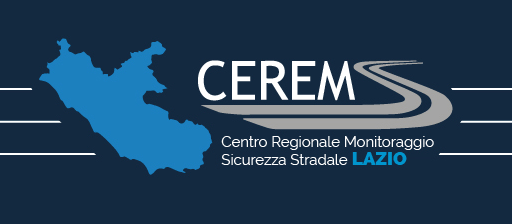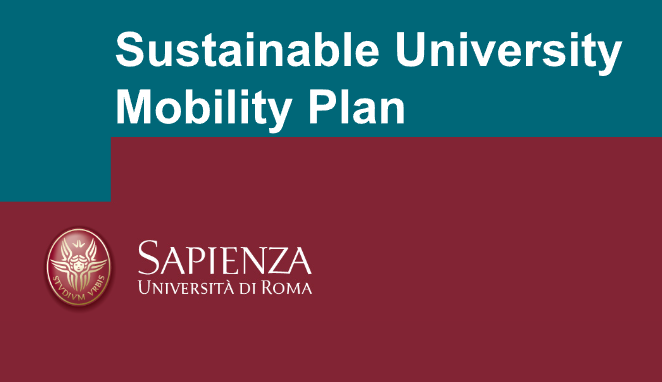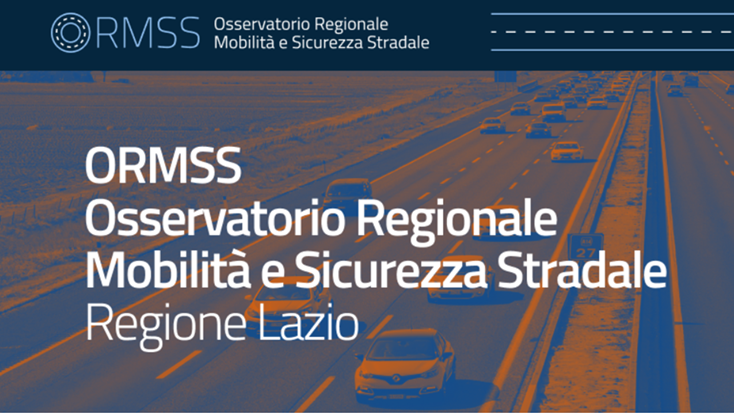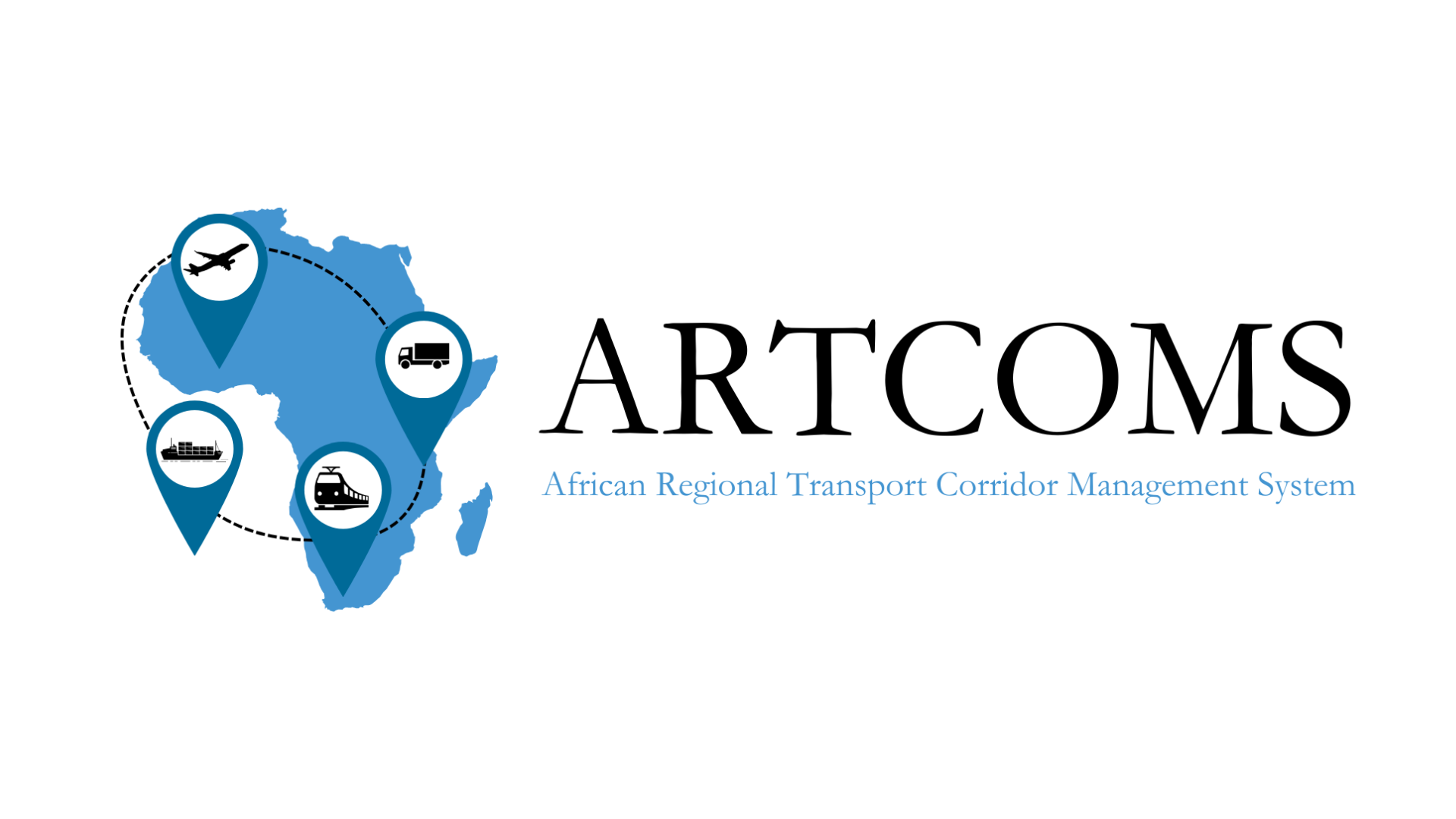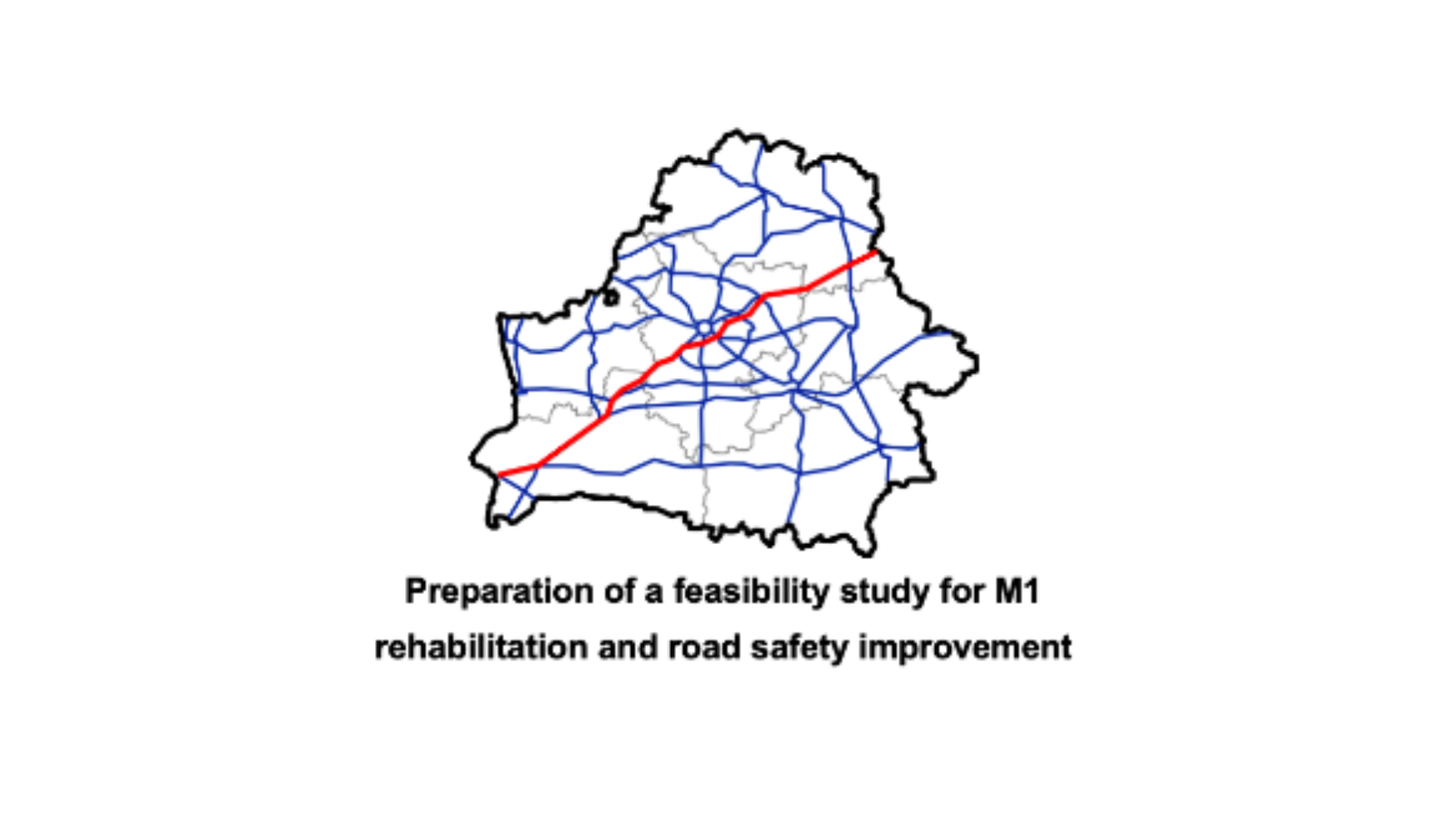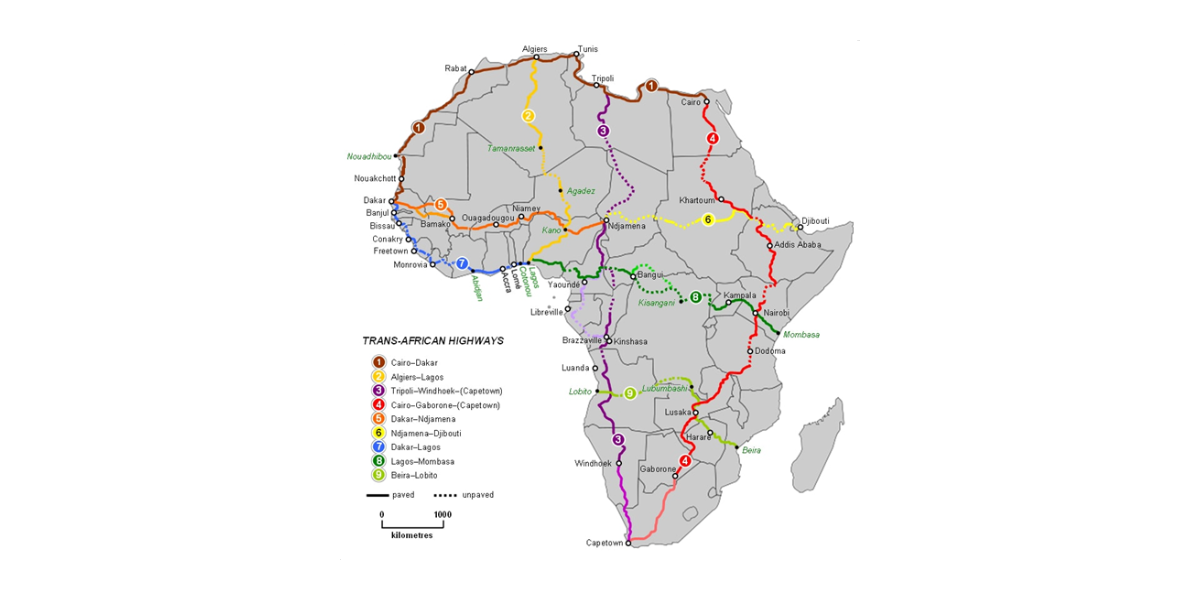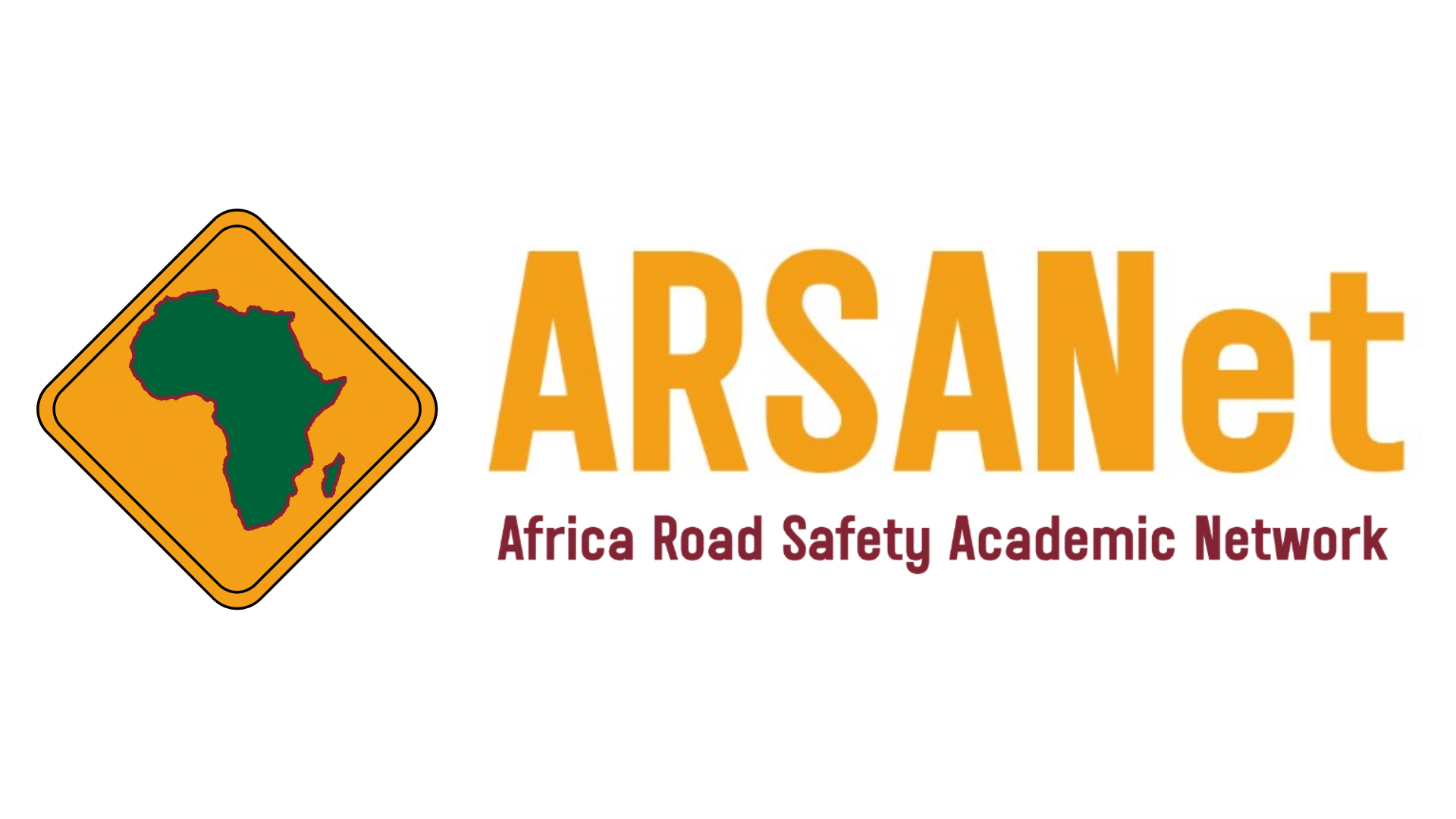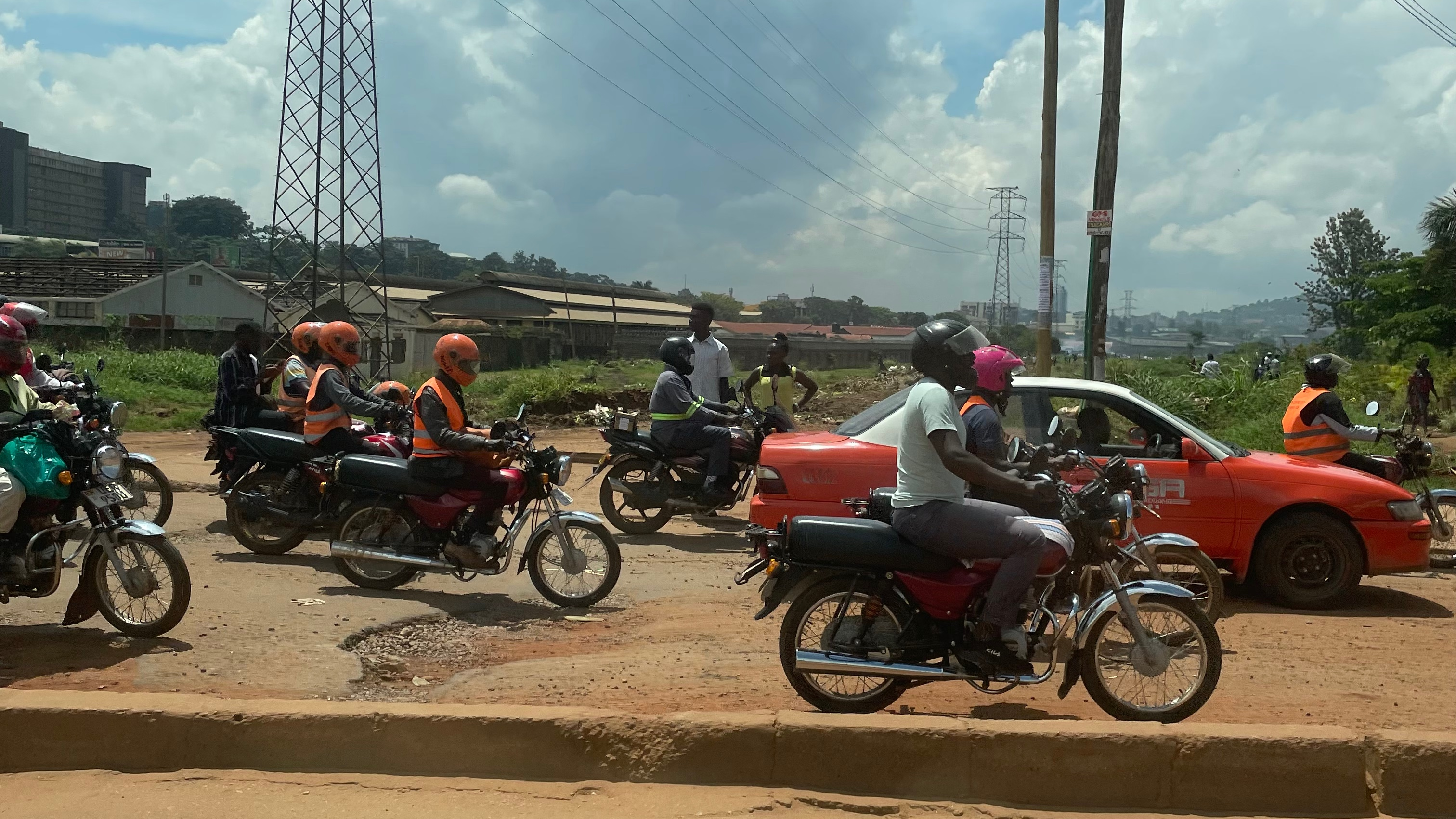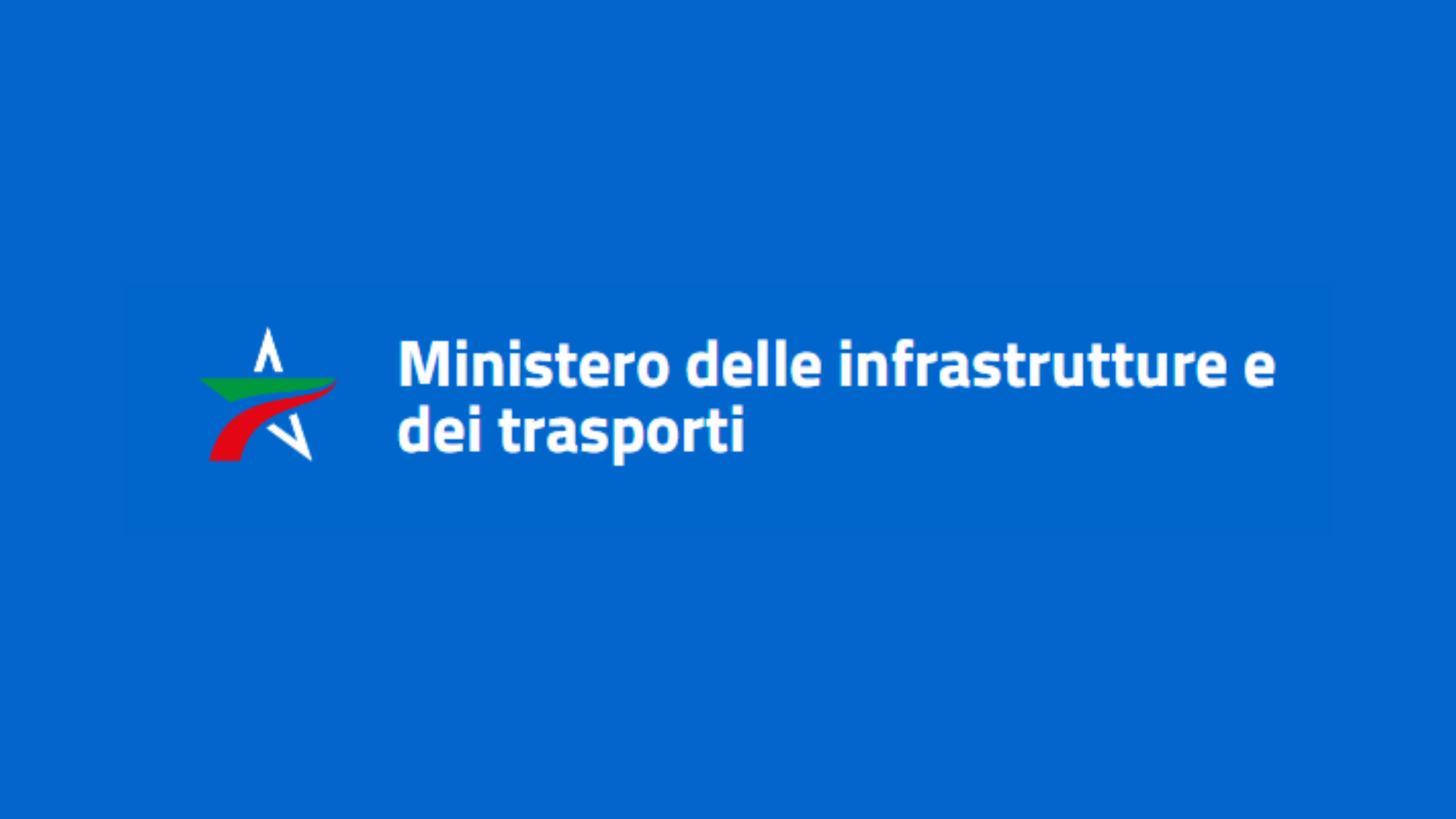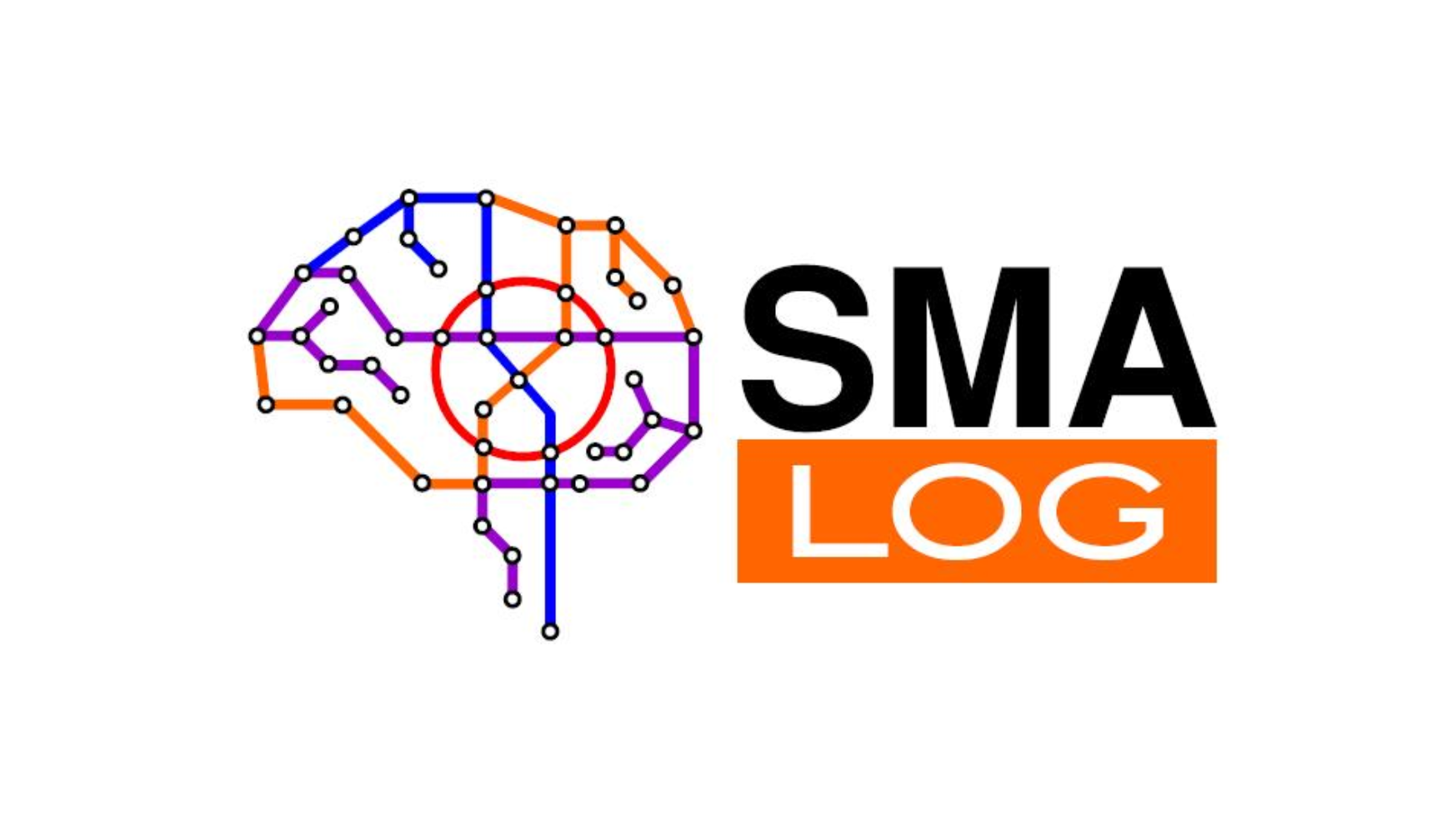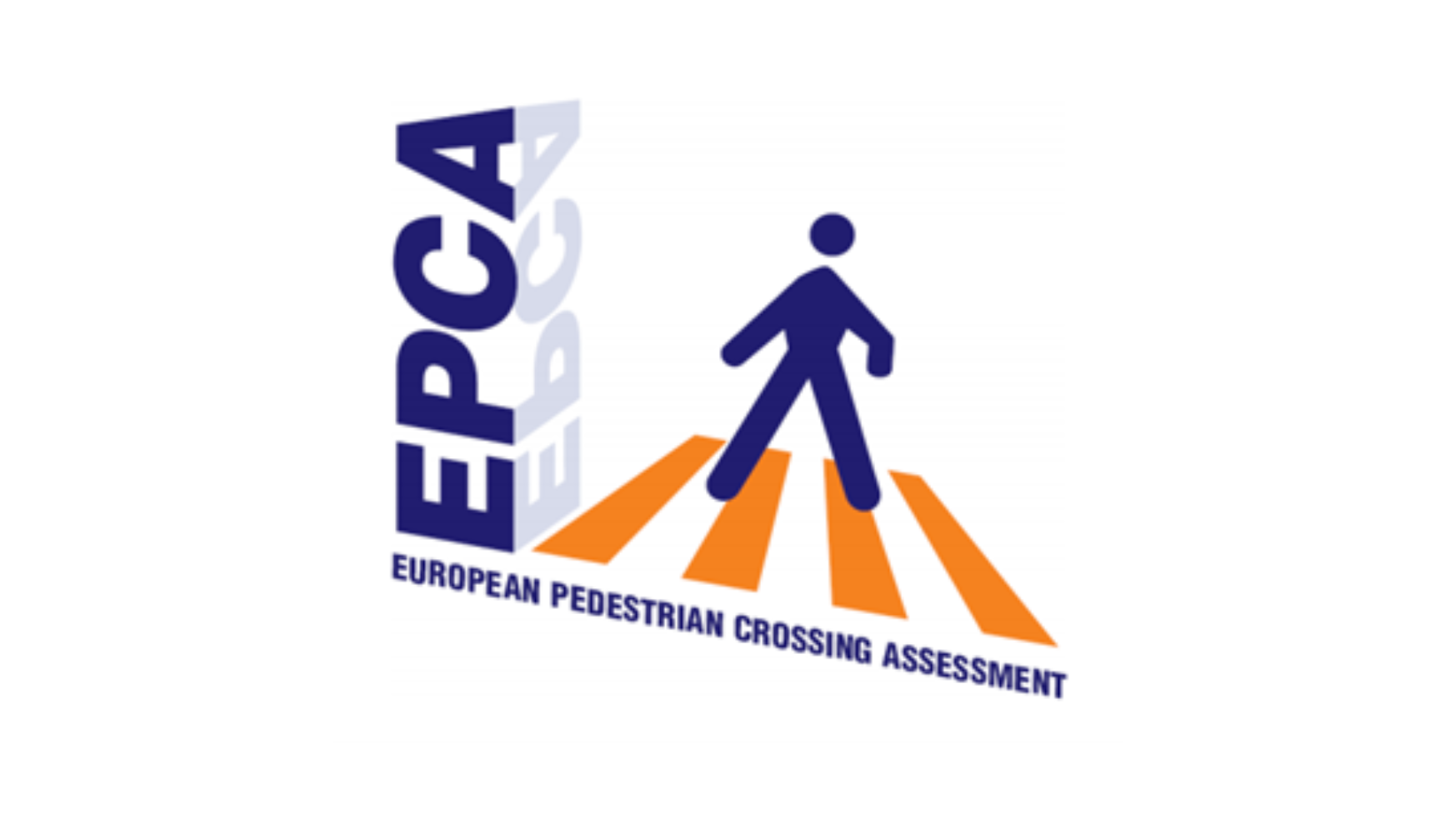The problem
Freight transport plays a key role in meeting the demand for goods from businesses and households. At the same time, increasing sustainability needs are pushing for the mitigation of negative externalities associated with freight mobility and for reducing the related societal costs.
In the past, the topic of freight mobility was not fully appreciated within the scientific, professional, and policymaking communities. This was due to the belief that, since most vehicle flows across modes (road, rail, air — with the exception of maritime) consisted predominantly of passenger transport, attention should be prioritized accordingly.
Only recently has awareness grown regarding the fundamental role that freight mobility plays in the economic system of a territory. Freight transport is essential to meeting the demand for goods from businesses and households. At the same time, with sustainability becoming a guiding principle, there is increasing pressure to adopt policies aimed at mitigating the negative externalities of this mobility (pollution, accidents, noise) and lowering the related social costs.
Our approach
The project aims to develop a model system capable of integrating economy and freight mobility, capturing both the direct link — where transport demand arises from production and consumption activities — and the inverse link — where transport supply influences sourcing and distribution markets. This system is intended to support decisions regarding infrastructure and management interventions, and more broadly, policy in the field of freight transport. The geographical scope is national and regional within Italy.
The system includes models for:
- Representing commercial trade flows.
- Allocating transport demand among different modes (road, rail, sea, and air).
- Assigning demand flows to network elements — i.e., links (road, rail, maritime, and air connections) and nodes (intermodal terminals, ports, airports).
Multiple data sources will be used:
- Existing datasets (e.g., ISTAT national input-output tables, ISTAT regional accounts, COMEXT import/export flows, ISTAT transport flows by mode).
- Custom-built datasets created specifically for the project, based on a survey of Italian manufacturing and logistics companies.
These data sources will be harmonized by product category, and appropriate conversions will be implemented to translate between value-based and weight-based units of measurement.
For trade flows, the system will include a multi-regional input-output model with trade coefficients that are elastic with respect to transport costs. This allows both the direct and inverse relationships between economy and freight mobility to be accurately represented. The spatial resolution for Italy will be at the level of provinces and metropolitan areas.
The ultimate objective is to develop a Decision Support System (DSS) for use by public administrations (both national and regional) and companies involved in the management of transport infrastructure and services. This DSS will:
- Represent the two-way relationship between macroeconomic and transport variables (first direction: transport demand is generated by the productive system and trade; second direction: transport supply, via accessibility, impacts production and trade systems).
- Provide policymakers with the tools to assess the impacts and economic viability of transport projects and policies.










